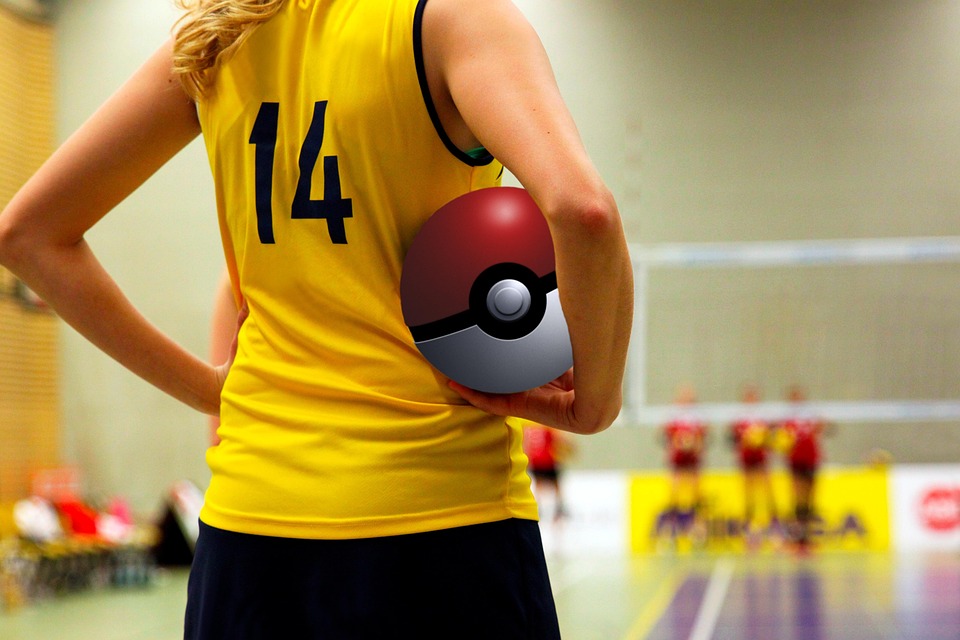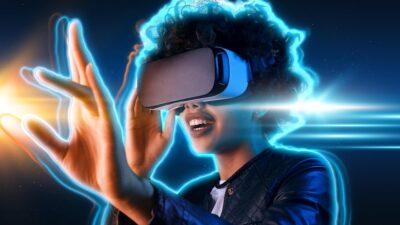In an age where technology often feels isolating, mixed reality (MR) is emerging as a transformative force that reconnects us with shared experiences. It combines the physical and digital worlds in innovative ways, enabling social interactions that extend beyond traditional boundaries. This article delves into how mixed reality is reshaping social experiences, fostering connections, and enhancing communication in our increasingly digital lives.
Understanding Mixed Reality
Mixed reality blends elements of augmented reality (AR) and virtual reality (VR), allowing users to interact with both real and digital objects simultaneously. By overlaying digital content onto the physical world or immersing users in entirely virtual environments, MR creates a unique platform for social engagement.
Key Components of Mixed Reality
-
Immersive Environments: MR allows users to step into digital environments that can be enriched with social elements. Whether exploring a virtual gallery or attending a digital concert, users can share experiences in real-time.
-
Interactive Interfaces: Unlike traditional screens, MR utilizes gestures, voice commands, and even eye movements to facilitate interaction. This natural user interface enhances the level of engagement and encourages collaboration.
- Shared Experiences: MR platforms enable people from different geographic locations to come together in shared spaces, reducing the barriers of distance and time—this is particularly pertinent in today’s globalized world.
Enhancing Social Connections
Virtual Gatherings
In the wake of the pandemic, virtual gatherings became the norm. MR takes this a step further by providing immersive meeting spaces where participants can collaborate as if they were physically together. Apps like Microsoft’s Mesh facilitate this by allowing users to collaborate on a digital whiteboard while interacting in a three-dimensional space.
Collaborative Gaming
Gaming has always been a powerful medium for bringing people together, and MR is revolutionizing this experience. Titles like "Pokemon GO" have already shown the potential for real-world interaction infused with digital elements, leading to community events where players unite. Mixed reality gaming encourages teamwork and shared challenges, fostering bonds that can evolve beyond the screen.
Education and Learning
MR is not just fun and games; it is making waves in education, creating environments where students can collaborate in real-time, regardless of their physical location. Virtual laboratories and historical recreations enable students to participate in interactive learning experiences that promote teamwork and discussion. This shared educational experience enhances learning and creates stronger relationships among peers.
Art and Culture
In the realm of art and culture, mixed reality enables new forms of expression and interaction. Exhibitions using MR technology invite visitors to experience art in ways that facilitate interaction with both the artwork and other attendees. Imagine viewing a painting that, when approached, engages you in a digital dialogue about its history or technique—a profound merging of art, culture, and social interaction.
Bridging the Gap
Accessibility
One of the significant advantages of MR is its potential to bridge gaps in accessibility. People with disabilities can benefit from immersive experiences designed to engage them in social settings they might otherwise miss. Mixed reality can offer tailored experiences that promote inclusivity, allowing everyone to participate in cultural and social events.
Loneliness and Mental Health
Mixed reality also addresses growing concerns around loneliness and mental health. By providing avenues for authentic connections, MR can help foster community and belonging. Virtual support groups, social clubs, and collaborative projects encourage individuals to engage, share their experiences, and reduce feelings of isolation.
Challenges and Considerations
While the potential for mixed reality to connect people is vast, challenges remain. Issues such as privacy, security, and the potential for superficial interactions must be considered. Developers and users alike must navigate these challenges to ensure that MR continues to be a positive force for social connection.
Conclusion
Mixed reality is not just about technology; it’s about human connection. As MR continues to evolve, it has the power to reshape how we interact, learn, and share experiences. By breaking down physical barriers and enhancing interpersonal communication, mixed reality offers a promising glimpse into a future where social engagement is richer, more inclusive, and profoundly transformative. As we navigate this new landscape, the key will be to harness the capabilities of mixed reality responsibly, ensuring that it serves to strengthen the social fabric of our communities.



